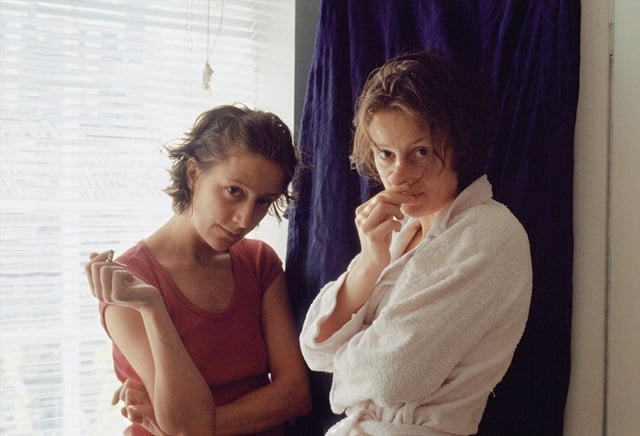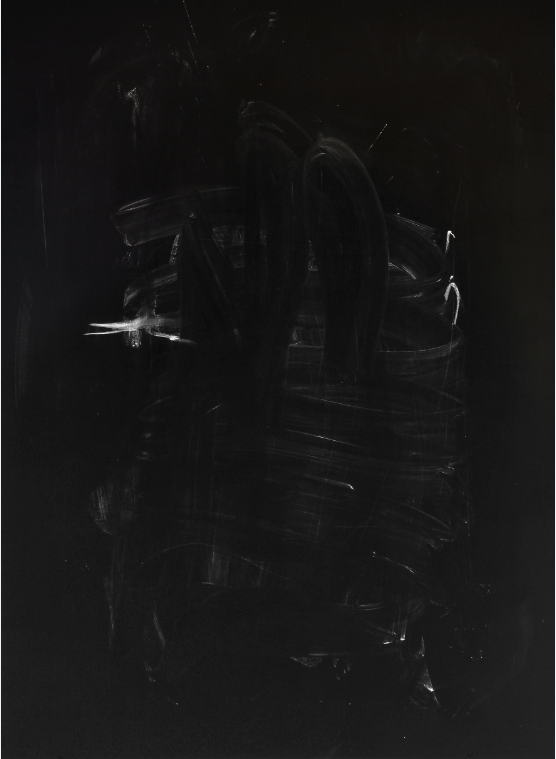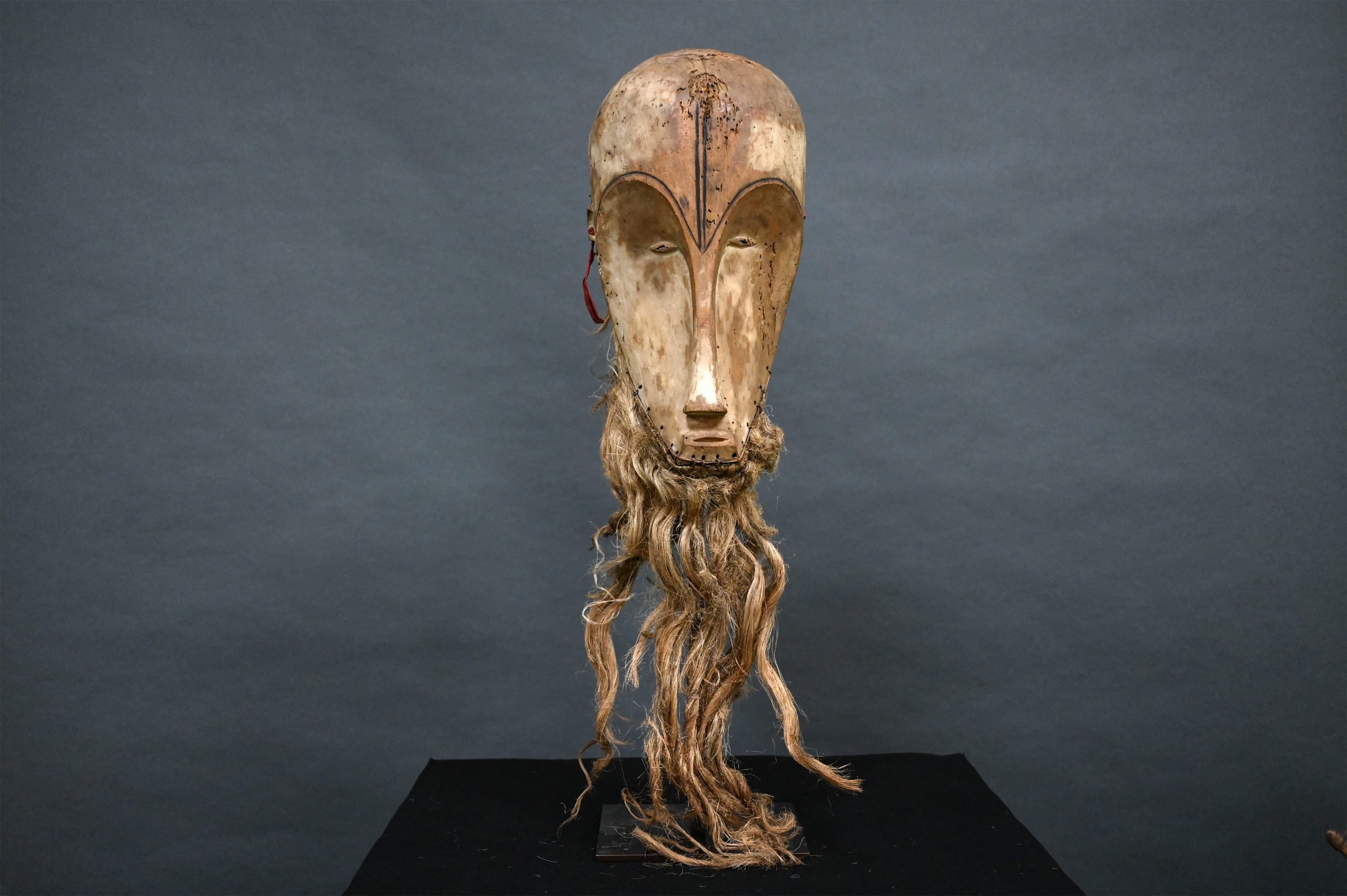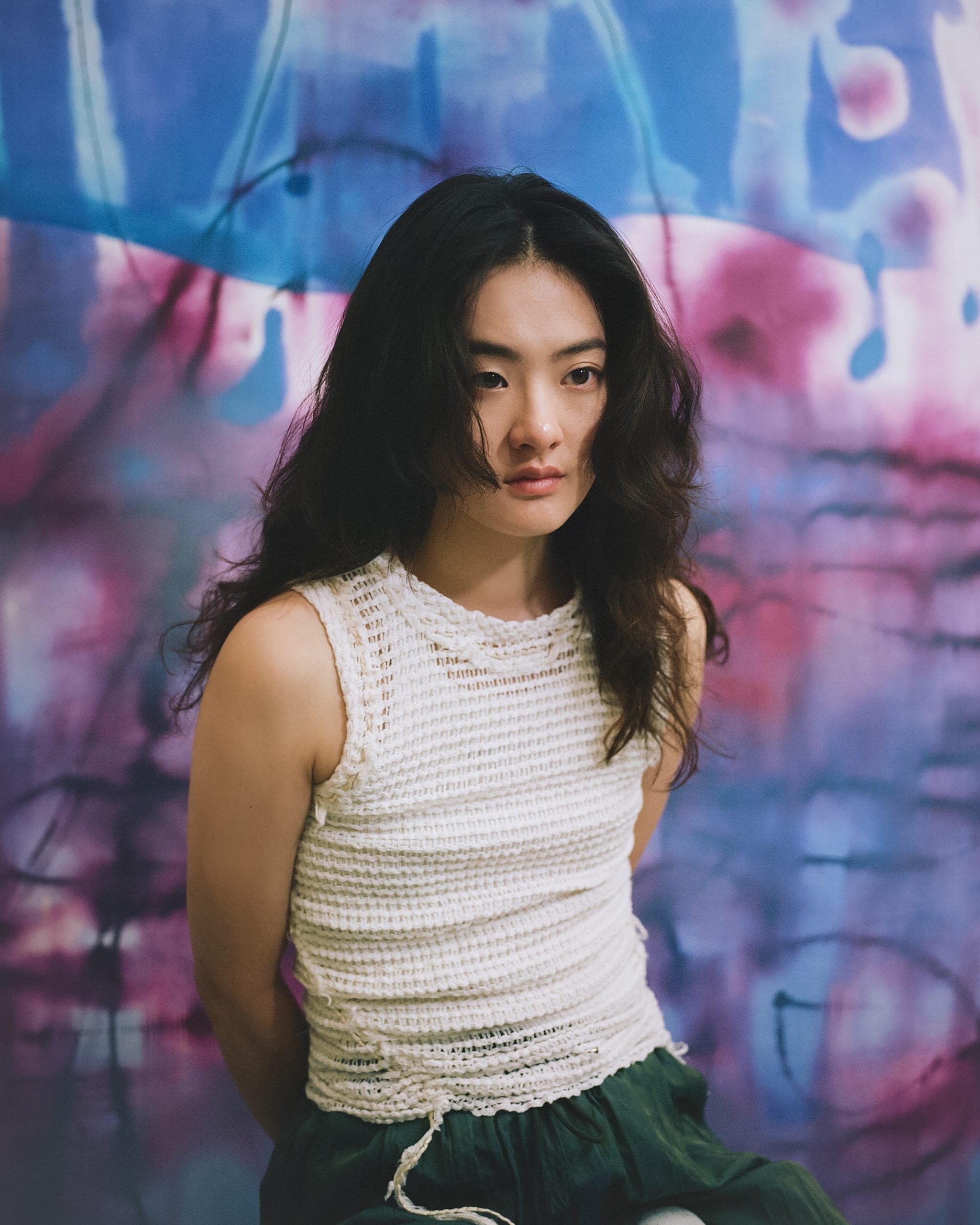

A mix between Cindy Sherman and Nan Goldin, Vibeke Tandberg takes on her own body as the subject matter of her probing photography and distortion. Often using Photoshop to change her physicality or a family member’s clothing to mask her body, she addresses gender identity and societal expectations of the female body through a questioning of her own relationship to the world around her. Her images are often shot in her home and at different stages in her life, such as when she was pregnant, and often include her family and friends. Aside from her arresting series of self portraits, Tandberg’s art practice is diverse, including painting and scratching over photography and other mediums. She has exhibited her work internationally, and, in 2012, published a book of fiction, Beijing Duck, about a fisherwoman who loses her hands and is forced to become a prostitute to make a living.
When did you know you wanted to be an artist?
I didn’t want to become an artist until sometime after having started art studies. I applied to an art school because it turned out to be the cheapest education at the time.

Vibeke Tandberg, Undo #6 2003, version of 2014 (2003)
Blackboard paint and chalk on photograph, mounted on aluminum
Photo courtesy of the artist and OSL Contemporary, Oslo.
What inspires you?
Great thinking. Literature. After having more or less left photography to painting, text, and film, literature has become more and more important to me. I find new ways of thinking of art when I read old and dead authors like Maurice Blanchot, Alain Robbe-Grillet, Samuel Beckett, and others, a lot of them representatives of the New Novel movement of the 1950s, and most French. Common to the authors and theory I read is a belief that art cannot function as art if it is anything less than a totally uncompromising practice, something I think is quite contrary to how most art functions in society now.

Vibeke Tandberg, Living Together #12 (1996)
C-print from digitally produced negative 61.4 x 45.6 in.
Photo courtesy of the artist and OSL Contemporary.
If you could own any work of modern or contemporary art, what would it be?
I have never really wanted to own objects of art, what I do own seems to turn into wallpaper. But there is one piece I can’t forget which I saw in Avignon in the Yvon Lambert collection more than 15 years ago. It is a work by Marcel Broodthaers in which he corrected a misspelling of his name using a pen on a printed poster that was announcing a group show in which he participated. This futile action so elegantly reveals a mix of self-awareness and fragility, two rather opposing characteristics that I think define the very core of any artistic practice. But I have no desire to own it. Great thinking, which I think good art is all about, cannot be possessed. I definitely think Broodthaers’s oeuvre is all about great thinking, and the poster work is much more a gesture to be contemplated than a piece of work I want to have on my wall.

Vibeke Tandberg, Undo #4 2003, version of 2014 (2003)
Blackboard paint and chalk on photograph, mounted on aluminum.
Photo: courtesy of the artist and OSL Conempoary.
What are you working on at the moment?
Currently I am engaged in several projects, firstly a film titled Flymouth, which is based on a script from a novel I am working on. It is to be screened at the Babylon Kino in Berlin in October. The novel is titled Joelle Joelle, which is an homage to the protagonist of the lethal film in David Foster Wallace’s Infinite Jest. I am also reworking older photographic images, turning them into text works or paintings, all of which (this year) are titled Versions of 2014. That is an ongoing process which I do in between, and all the time when not in front of a computer.
When not making art, what do you like to do?
I would prefer not to do anything specific. It would be great to be a kind of person who could just hang out, but I am not the type. I do a lot of different things all the time.
Follow Artnet News on Facebook:
Want to stay ahead of the art world? Subscribe to our newsletter to get the breaking news, eye-opening interviews, and incisive critical takes that drive the conversation forward.




